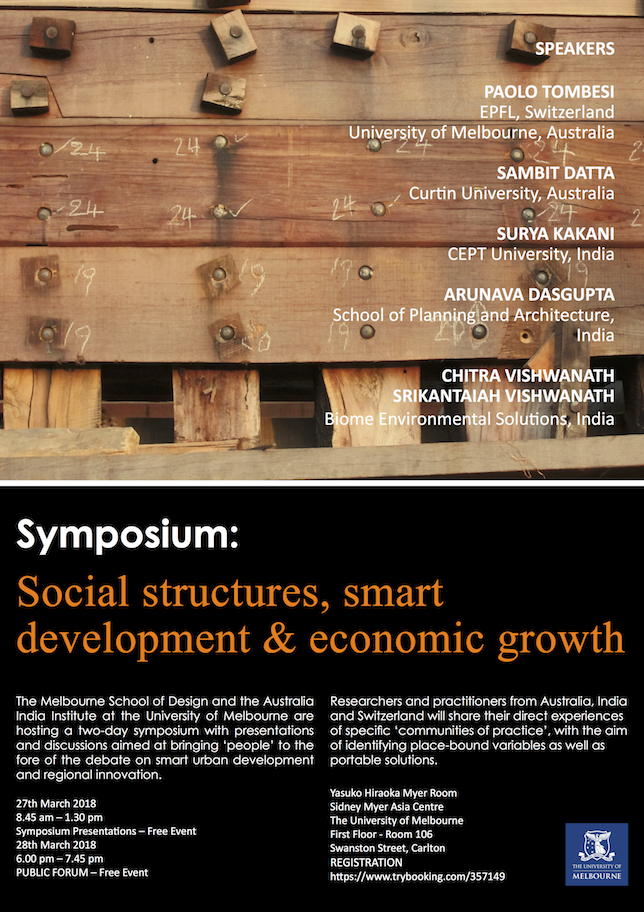
Social Structures, smart development and economic growth
In contexts where smartness is hailed as the natural operational by-product of technology deployment, what is the role of actual people, and the social structures they form to tackle problems, facilitate progress and preserve resources? Can smart artefacts or systems emerge autonomously out of technology, irrespective of the human element that is, or does the implementation of any future environmental vision require first and foremost appropriate social organisation strategies?
Looking at diffused communities of practice: A social view of technological innovation
A recently completed ARC-funded study on the introduction of digital fabrication technology in the Australian construction industry suggests that looking at innovation processes empirically – trough the labour configurations enabling novel challenges to be carried out on the ground, provides a picture of collective ingenuity that has so far eluded technological innovation debates. Can this social view of technology be expanded beyond Australia and its major cities to become part of the discussion on smart regional development and economic growth in transitional economies?

Watchmaking in the Swiss Jura: A lesson in the comparative advantage of rural districts?
The Silicon Valley of the XIX century, the small valley of Jura in the north-western part of Switzerland, emerged and thrived out of a rural territory, where farming and world-leading watch-making intertwined. Today the Jura district is still one of the global leaders in watch production. Does its history provide lessons for both Australia and India on the viability of non-urban development and the economic potential of balanced environmental design?


Link image (previous page): University of Melbourne Sidney Myer Asia Centre, TOMBESI (2017); bottom images: design and building tools, TOMBESI (2018)